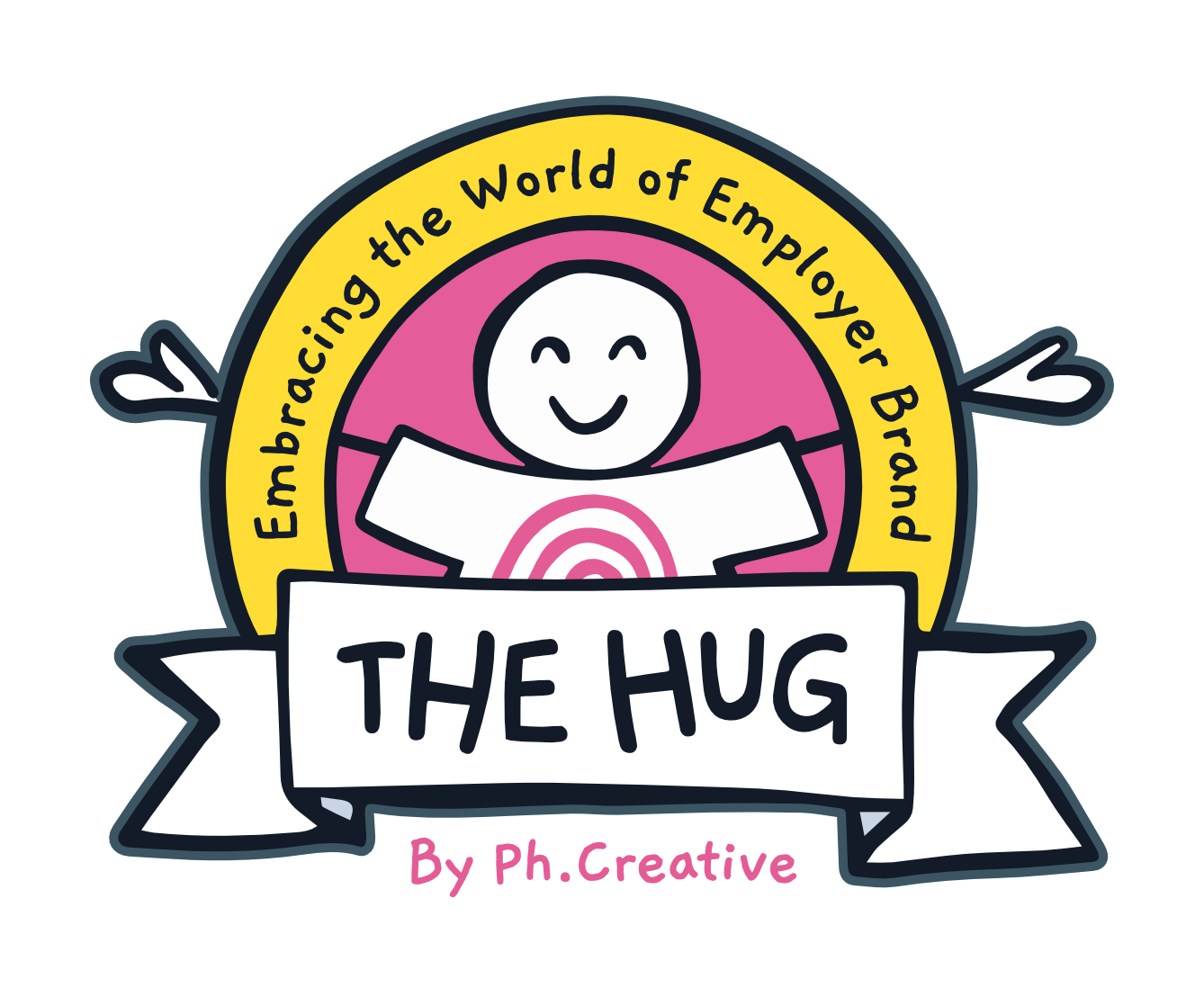5 Clever Ways to Measure your Employer Reputation
3 min read.
For an Employer Brand to be fully effective, measurement is vital and there are key metrics you can use. Gauging your reputation as an employer is trickier. But there are ways and means...
If you have invested in building an Employer Brand, it’s quite natural, (prudent even) to want to know its effect on your reputation and, ultimately, its impact on your recruitment strategy.
With the job market becoming increasingly competitive and subject to change, it's more important than ever to understand how your company is perceived by job seekers and employees alike.
You can use the more obvious metrics such as NPS (Net Promoter Score), referral rate, cost per hire and so on, but how can you measure something as nebulous as reputation? Fear not! Here are some smart ways to measure the reputation of your company as an employer.
1. Share of market
One way to do it is to look at your share of the talent market. This refers to the percentage of job seekers who are actively considering your company as a potential employer. You can gather this data through surveys or by monitoring your company's online presence and engagement.
By analysing your share of the talent market, you gain insights into how your company is perceived by job seekers and identify areas where you can improve your Employer Brand. If you find that your share of the talent market is low, for example, you may need to reevaluate your recruitment strategies by investing in your careers site, creating an aligned social media strategy, encouraging employee referrals, and improving your company culture to attract top talent. According to a survey by Glassdoor, 76% of employees and job seekers say that company culture is crucial to them.
2. Sentiment analysis
Another way to measure your reputation is to conduct a sentiment analysis. This involves analysing online reviews, social media mentions, and other forms of online feedback to determine how people feel about your company as an employer. It is vital to monitor what people are saying on multiple platforms. Positive feedback on social media will help attract top talent. Negative mentions will discourage potential candidates from applying.
Tools like Brandwatch and Hootsuite can help you do this and track how your company's reputation is evolving over time. By monitoring sentiment, you identify areas where your company is excelling as an employer and areas where you need to improve
3. Employee retention rate
High employee turnover can be a red flag to potential candidates, indicating issues with the company's culture or management. And, of course, it is not good for the bottom line either. Tracking your retention rate provides a strong indicator of your reputation as an employer.
4. Positioning
Positioning is another important factor to consider. How is your organisation positioned in the minds of job seekers and employees compared to your competitors? Are you seen as a leader in your industry? Are you known for your commitment to diversity and inclusion? All these are factors that can influence your company's positioning as an employer.
Measure your company's positioning by conducting market research or monitoring industry trends. By understanding how your company is positioned you can better tailor your employer brand messaging for your target audience.
5. Employer awards and recognition
Awards are, of course, arrant nonsense, until you win one, then they’re great. Being recognised by industry organisations or publications as a great place to work is a fantastic indicator that you are on the right track, and it creates a virtuous circle that can help further improve your company's reputation as an employer. Who wouldn’t want to work for an award-winning company?
According to a survey by Randstad, 69% of job seekers say that employer awards and recognition are essential when considering a new job. Therefore, be sure to highlight them on your website and job postings.
To sum up...
By tracking metrics like share of market, sentiment analysis, positioning and so on, you gain valuable insights into how your company is perceived by job seekers and employees.
And if your reputation isn’t where you want it to be, that’s when your Employer brand will come in to its own. Rome wasn’t built in a day, and it may be that your EB hasn’t reached maturity yet (check out where you are on our Maturity Curve diagram) or perhaps needs a health check and a refresh. Whatever stage you are at, staying true to the Employer Brand essence that was revealed in your discovery phase will help build and maintain the reputation you want to create.
Use this knowledge to refine your employer brand messaging and create a positive work environment that attracts and retains top talent.
Start measuring and find out where you stand.
Want access to the Maturity Curve diagram to see which stage your employer brand is at?
GET THE MATURITY CURVE
Sign up to our blog

Every other Thursday we share:
✔ One feature full of our freshest insights
✔ An expert hack you'll love to use
✔ The links you need now
+ other helpful bits for thousands of EB and TA pros just like you
